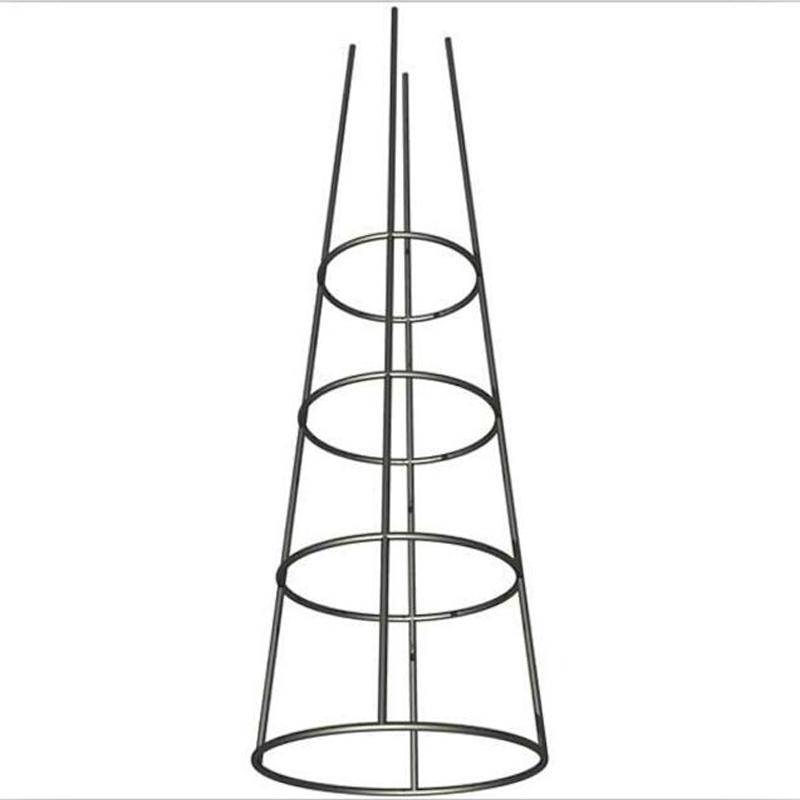
- Mobile Phone
- +8613931874955
- sales@cntcmetal.com
wire wall ties
Understanding Wire Wall Ties A Comprehensive Overview
Wire wall ties, also known as brick ties or masonry ties, play a crucial role in the construction and structural integrity of buildings. These essential components are designed to provide support, stability, and flexibility in masonry wall construction, particularly when it comes to connecting brick or stone facades to the underlying structural framework. In this article, we will explore the purpose, types, installation, and maintenance of wire wall ties, highlighting their importance in modern construction.
Purpose of Wire Wall Ties
The primary function of wire wall ties is to connect two or more elements in a wall system, providing lateral support and preventing the outer brick or masonry veneer from separating from the structural backing. This connection is crucial in maintaining the structural integrity of a building, especially during adverse weather conditions, seismic events, or soil shifts. By keeping the veneer securely attached, wire wall ties help prevent issues such as cracking, bowing, or the complete failure of the wall system.
Types of Wire Wall Ties
Wire wall ties come in various types, each suited for specific applications and construction methods
. The most common types include1. Looped Wire Ties These are simple wire ties that are looped at both ends, which allows them to be easily anchored into both the masonry and the backing structure. They are often used in residential construction for brick facades.
2. Flat Wire Ties Flat wire or strap ties are often used where a greater lateral stability is required. They are typically made from galvanized steel and come in varying sizes and thicknesses.
3. Resilient Ties Designed to allow for some movement between the veneer and the backing substrate, resilient ties help to accommodate thermal expansion and contraction, which is especially important in regions with extreme temperature fluctuations.
wire wall ties

4. Ventilated Ties These ties have openings that allow for air circulation, helping to reduce moisture buildup in the wall system, thus preventing mold growth and decay.
Installation of Wire Wall Ties
Proper installation of wire wall ties is key to ensuring their effectiveness and longevity. Typically, ties should be spaced at regular intervals, usually every 16 inches vertically and 24 inches horizontally, but this can vary depending on local building codes and specific structural requirements.
When installing wire wall ties, it is important to ensure that they are securely anchored to both the masonry and the structural backing. The ties should be installed before the mortar sets to create a solid bond, and care should be taken to avoid over-tightening, which can cause damage to the masonry.
Maintenance of Wire Wall Ties
While wire wall ties are designed to be durable, regular maintenance is essential to ensure their ongoing effectiveness. Homeowners and builders should periodically inspect the ties, looking for signs of rust, corrosion, or physical damage. If a tie is found to be compromised, it should be replaced promptly to prevent further structural issues.
In addition, keeping the masonry wall free from debris and ensuring proper drainage can help prolong the life of the ties and the wall system as a whole. Ensuring that water does not pool at the base of the wall is critical in preventing corrosion and weakening of the ties.
Conclusion
In conclusion, wire wall ties are a fundamental component in the construction of masonry walls, providing necessary support and stability. Understanding their functions, types, and the importance of proper installation and maintenance can greatly contribute to the longevity and safety of a building. As we continue to advance in construction methods and materials, recognizing the significance of such components as wire wall ties will remain essential for ensuring durable and resilient structures.
share:
-
Wall Ties for Concrete: Invisible Guardians of Building Structural StabilityNewsAug.08,2025
-
Timber Frame Wall Ties: Stable Bonds for Load TransmissionNewsAug.08,2025
-
Stainless Steel Woven Wire Mesh: A versatile material from boundary protection to functional supportNewsAug.08,2025
-
Powder Coat Coil Springs: Creating peace of mind and reliability with sturdy protectionNewsAug.08,2025
-
Floor Standing Sign Holder: A Powerful Assistant for Flexible DisplayNewsAug.08,2025
-
Binding Iron Wire: An Invisible Bond for Building StabilityNewsAug.08,2025
-
Yard Sign Stakes: Reliable Guardians of Outdoor SignsNewsAug.04,2025



















